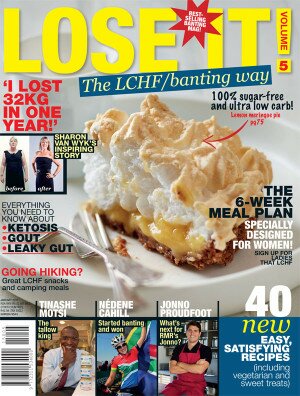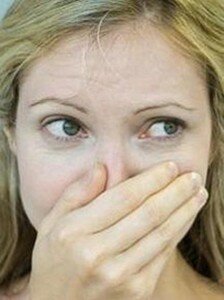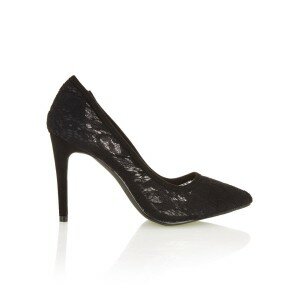-
Building Strength
Our guide to physical and mental strength
11 February 2015
The second goal in our weekly strength guide is getting stronger bones. So, once you’ve taken the first step of building muscles – this is how you can make your bones strong:
After 40, we tend to lose about 1% of our bone mass per year, says the Harvard Medical School (HMS). Decreasing bone mass and density increase the risk of fracture – we’re talking about osteoporosis. The scary thing about the disease is that you won’t know you have it until you have a fracture. Your bones become so fragile that they’re liable to break after even a little fall, or just bending over. Another sign is getting shorter, and curvature of the spine from vertebral compression fractures. Know your status: Ask your doctor to send you for a bone mineral density test, usually a DXA test, a scan with dual-energy x-ray absorptiometry.
Take Action
Including specific nutrients in your diet and doing the right kind of exercise will help prevent (and treat) osteoporosis.Best Foods?
Make sure you’re eating dairy products (yoghurt, cheese, butter) – and green veg, canned fish with bones (salmon, pilchards, sardines) and nuts (especially almonds and Brazil) for calcium, which you need to build bone tissue, advises the National Osteoporosis Foundation. Calcium’s partner is vitamin D, which helps it to be absorbed from the intestines. Our skin synthesises it when exposed to the sun, but it’s also present in oily fish and eggs.Best Exercise?
Many studies show that strength training plays a role in slowing bone loss, and even building bone, says the HMS. Activities that put stress on bones stimulate extra deposits of calcium and bone forming cells to do their job. The stress comes from the tugging and pushing on the bones that happens during strength training and weight-bearing aerobic exercise like walking or running, they explain. Choose exercise that works against gravity; most exercise fits the bill – besides swimming and cycling. (But do these too, for the other benefits!) Aim to work all the muscles. Also, exercise improves balance, flexibility and coordination, which will help prevent falls. And it’s never too late to start exercising to strengthen your bones – even if you already have osteoporosis.Words: Anna Rich, Fairlady
Image: Dailyfix











